In the conflict-ridden region of eastern Democratic Republic of Congo (DRC), where violence and instability have ravaged communities for years, thousands have endured unimaginable suffering. Among the most tragic casualties of the ongoing violence are the civilians who have lost limbs due to explosions, landmines, and brutal attacks. Yet, amidst this chaos, a ray of hope shines brightly in the form of a prosthetics center in Goma that is providing these survivors with the means to rebuild their lives.
A Lifeline in the Heart of Goma
The Shirika la Umoja Center, a specialized prosthetics facility in Goma, has become a beacon of hope for those who have lost limbs. Situated in the heart of North Kivu province, the center has been instrumental in providing free prosthetic limbs to victims of violence, offering them a chance to regain their mobility and independence.
Supported by the International Red Cross, the center serves as a vital resource for the injured and disabled in a region that has seen decades of armed conflict. With over 700 prosthetic limbs already distributed to people in need, Shirika la Umoja is not just a medical facility, but a symbol of resilience and recovery.
The Impact of Conflict on Eastern DRC
The DRC has long been plagued by violent conflicts, many of which are fueled by ethnic tensions, armed militias, and resource control struggles. Civilians in the eastern provinces, particularly in North and South Kivu, have borne the brunt of this violence. Landmines, bombings, and gunshots have left thousands maimed and debilitated. In addition to the physical toll, the psychological scars of these attacks are profound, and many survivors find themselves isolated, unable to work, or to participate fully in their communities.
The Shirika la Umoja Center offers more than just physical restoration; it helps survivors re-enter society and regain their dignity. For many, receiving a prosthetic limb is a life-changing event, one that can make the difference between relying on others for basic mobility and resuming a degree of independence.
The Work Behind the Scenes
Prosthetics technology is not easily accessible in many parts of the world, and especially in conflict zones like the DRC. The Shirika la Umoja Center has managed to overcome logistical, financial, and technical challenges to bring life-changing care to those who need it most. Each prosthetic limb is custom-made, tailored to the individual's measurements and needs. The team of skilled technicians, engineers, and health professionals works tirelessly to ensure that the limbs are not only functional but also comfortable and durable.
The process involves several stages, including consultations, measurements, fitting, and adjustment. Many patients also undergo physical therapy and rehabilitation to help them adapt to their new limbs, a crucial aspect of ensuring their long-term mobility. This holistic approach ensures that survivors don’t just walk again—they thrive.
Red Cross Support and Community Engagement
The International Red Cross has been a pivotal partner in the center's operations, providing funding, resources, and logistical support. The humanitarian organization’s involvement has been crucial in meeting the overwhelming demand for prosthetics in the region. By working alongside local communities and health workers, the Red Cross helps to raise awareness about the center’s services and ensures that those in need are able to access them.
As a result of this partnership, Shirika la Umoja has been able to provide over 700 free prosthetic limbs to individuals who otherwise could not afford the high costs of such devices. The free provision of these limbs has been critical for families struggling with poverty, where even basic medical care is often unaffordable.
Beyond prosthetics, the center also provides emotional and psychological support, understanding that the journey to recovery is not just physical. Many survivors of violent conflict experience deep trauma, and addressing these psychological needs is essential for full recovery. The center’s multidisciplinary team works to ensure that the mental health and well-being of patients are prioritized alongside their physical rehabilitation.
Changing Lives, One Limb at a Time
The work done by Shirika la Umoja Center is not only about providing prosthetic limbs; it is about restoring dignity, independence, and hope to those who have lost so much. The people who walk out of the center with new limbs are often able to return to their families, resume their work, and contribute to their communities once again.
For individuals like Nia, a 35-year-old mother of three who lost her leg in a landmine explosion, the center has been life-changing. "I thought I would never walk again. I was so lost and hopeless. But now, with my new leg, I can take care of my children again and help my family," Nia says with tears in her eyes.
In a region scarred by conflict, where loss is a constant companion, these stories of recovery offer a glimpse of resilience. Shirika la Umoja is not just about replacing lost limbs; it’s about helping people reclaim their futures.
A Path to the Future
Looking ahead, there is still much work to be done. The conflict in the eastern DRC is ongoing, and new victims continue to be injured or disabled by the violence. However, the impact of the Shirika la Umoja Center is profound, and it is a model of what can be achieved with dedication, collaboration, and compassion.
By working together with organizations like the Red Cross, local health providers, and the communities they serve, the center is slowly but steadily helping to restore a sense of normalcy to lives torn apart by violence.
As the Shirika la Umoja Center continues its vital work, one prosthetic limb at a time, it brings not only mobility but also a message of hope and strength to a region desperately in need of both. And for those who are fortunate enough to receive a new limb, the center offers something even more precious: the chance to walk again.

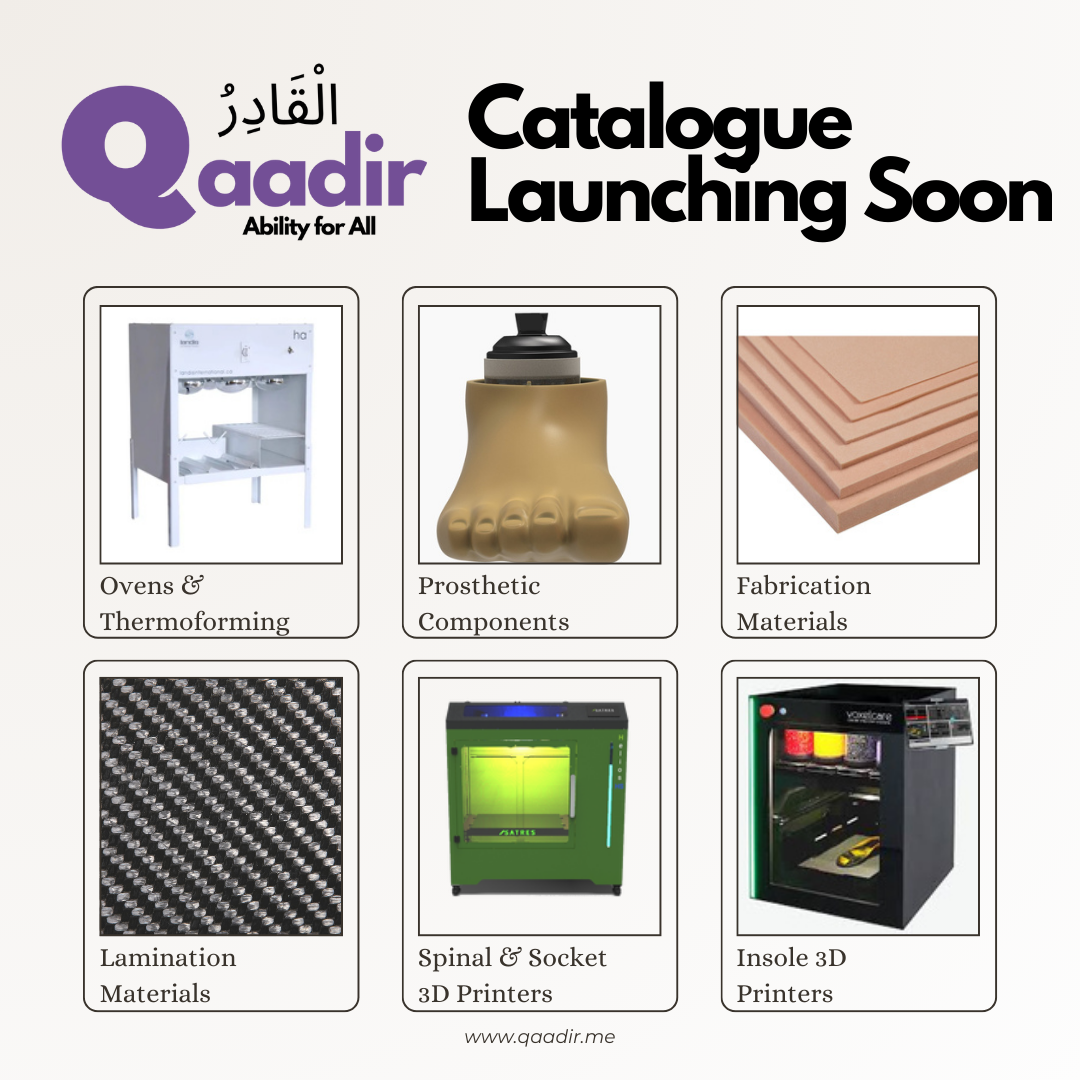
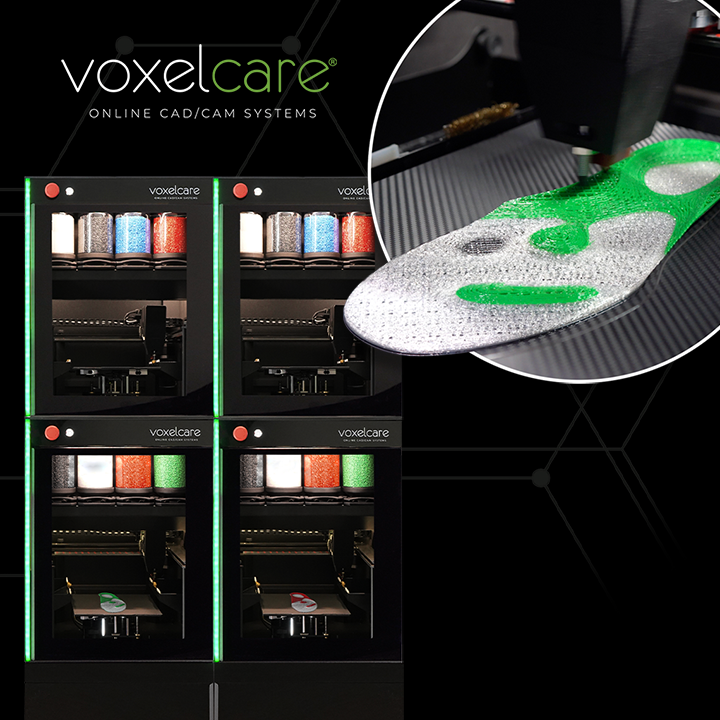

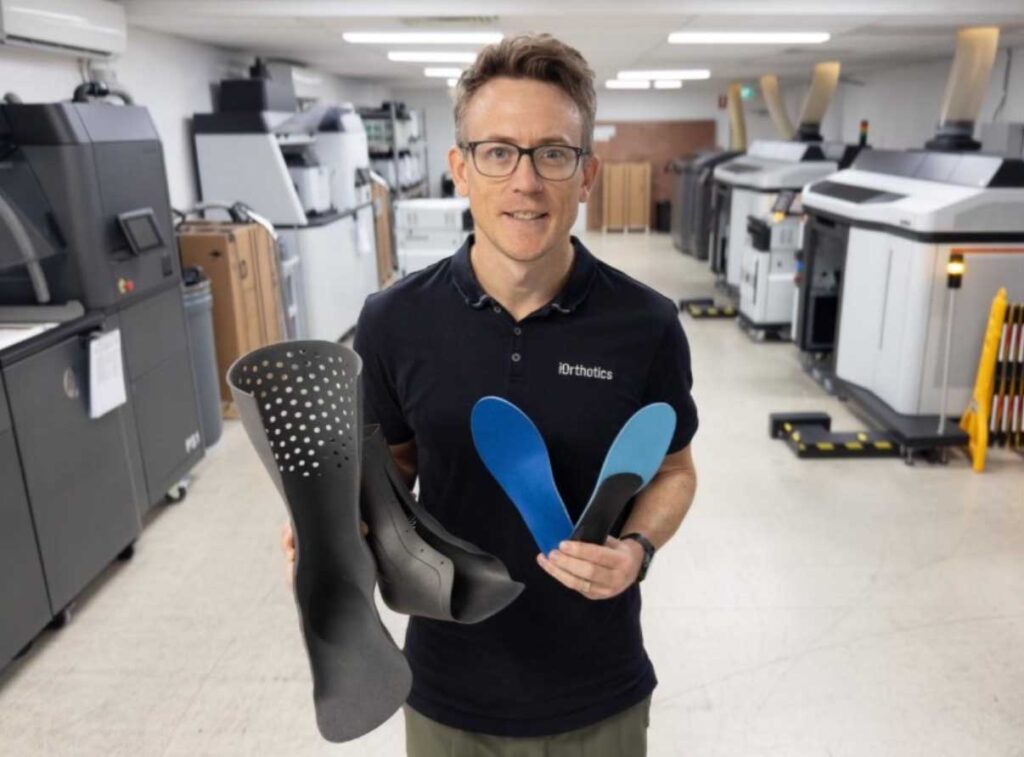
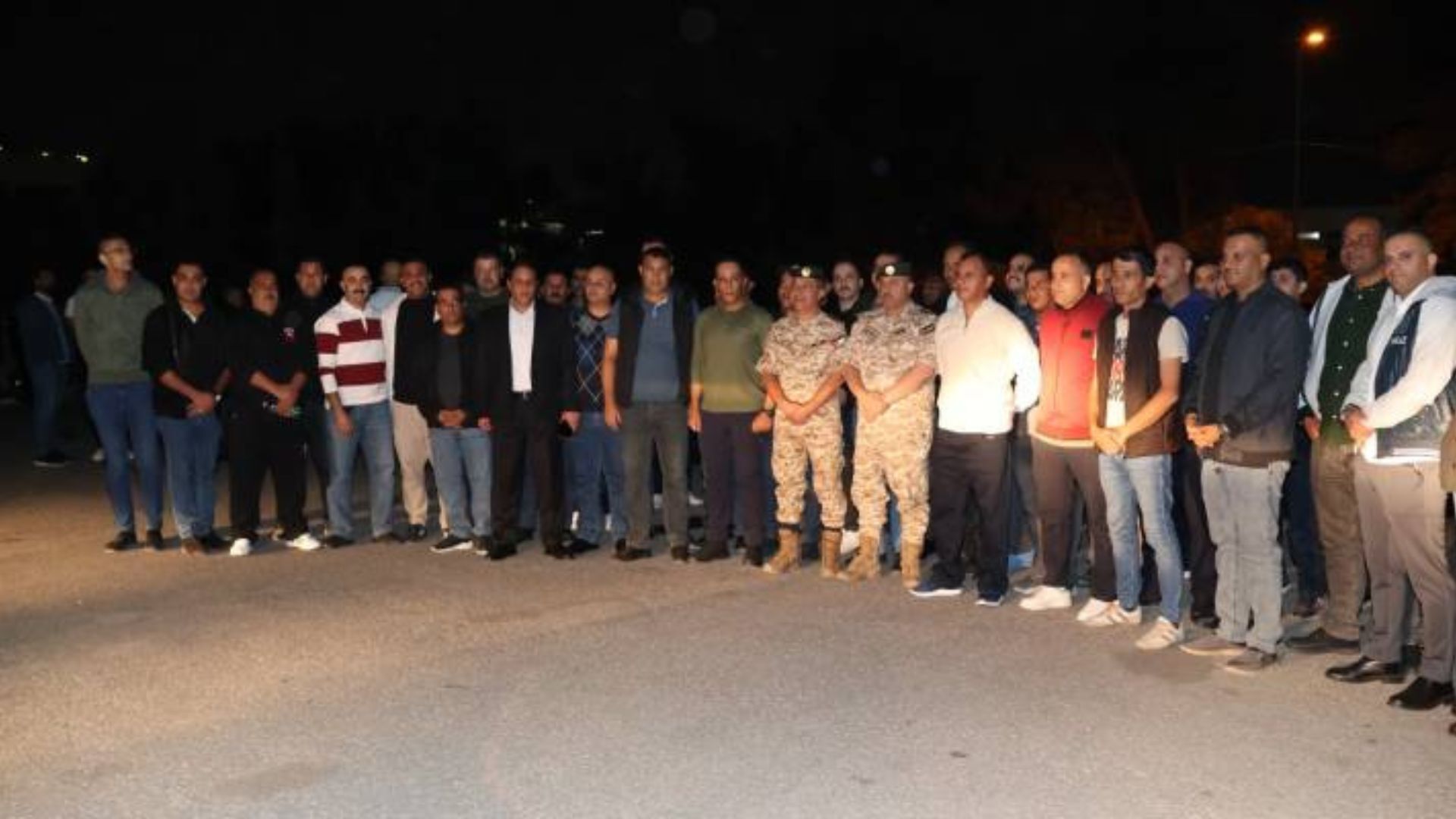
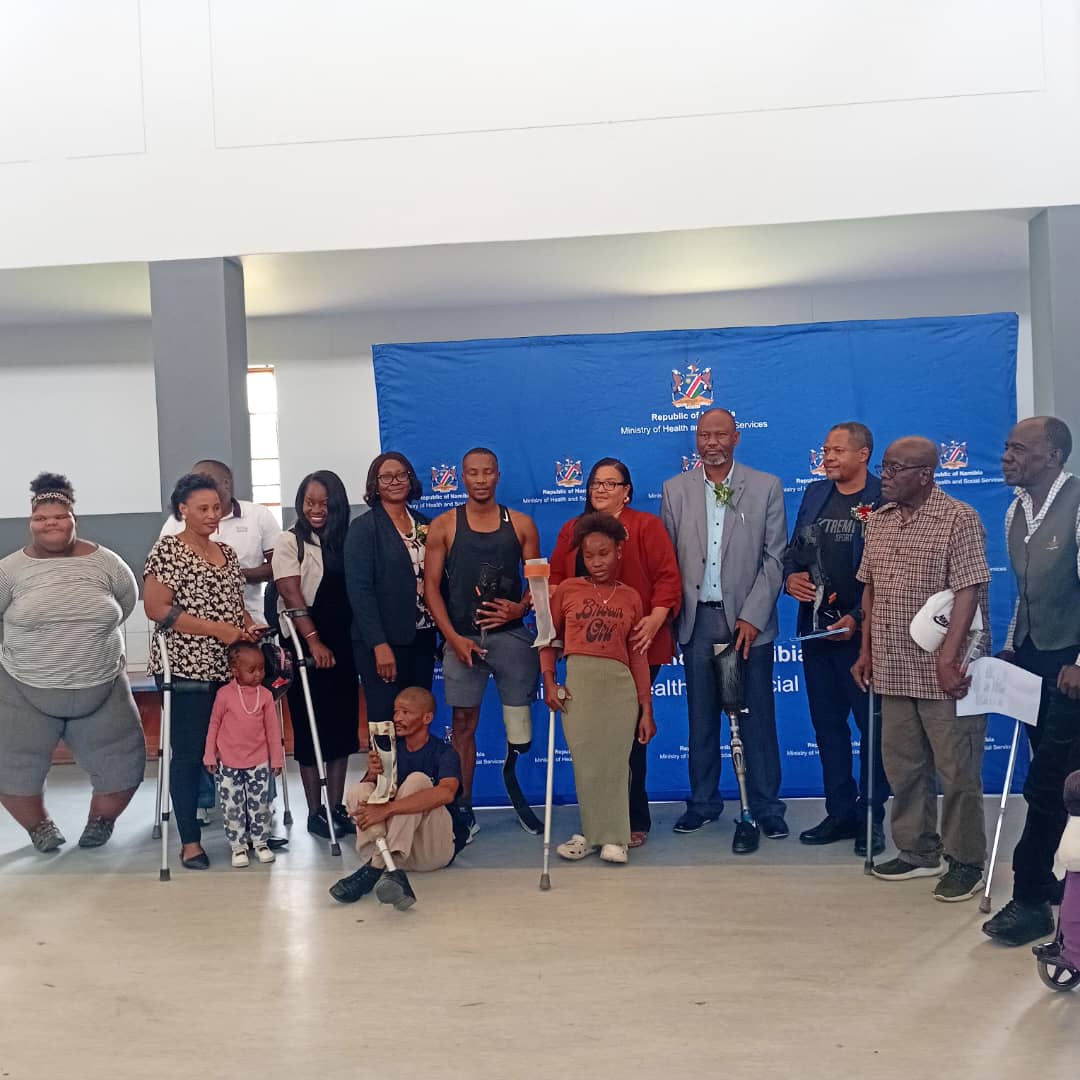
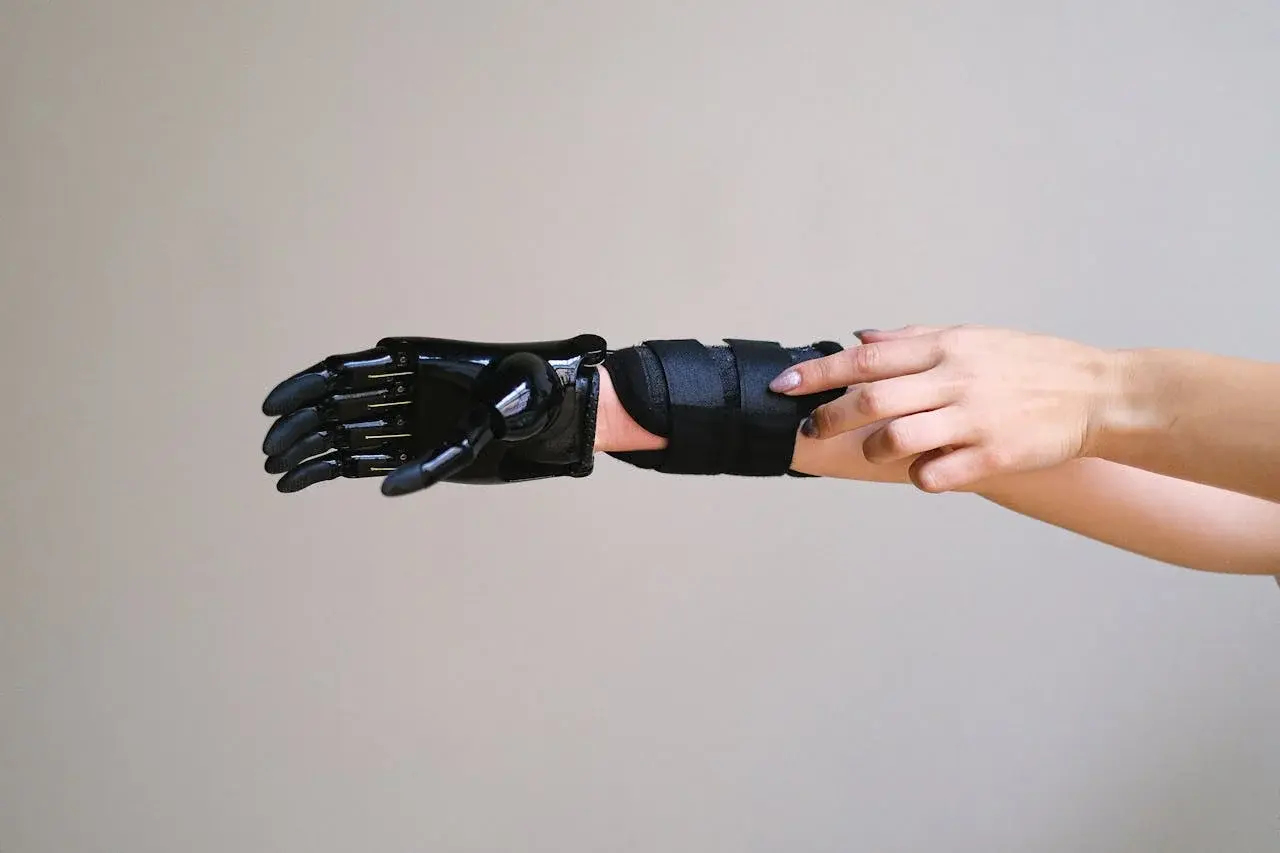
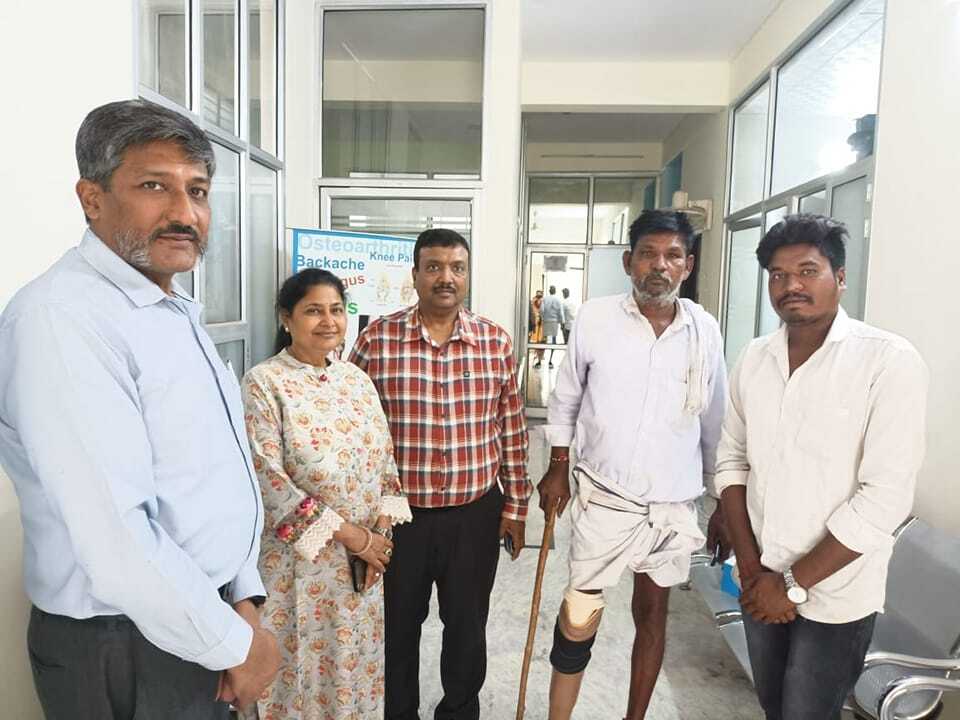
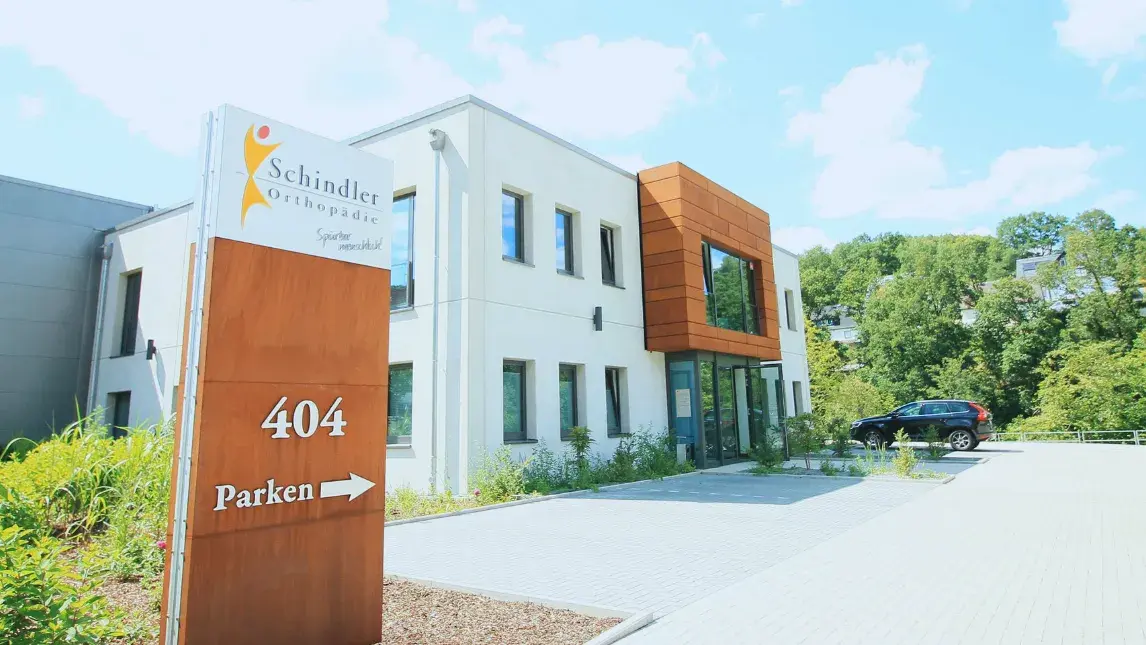

-1.png)
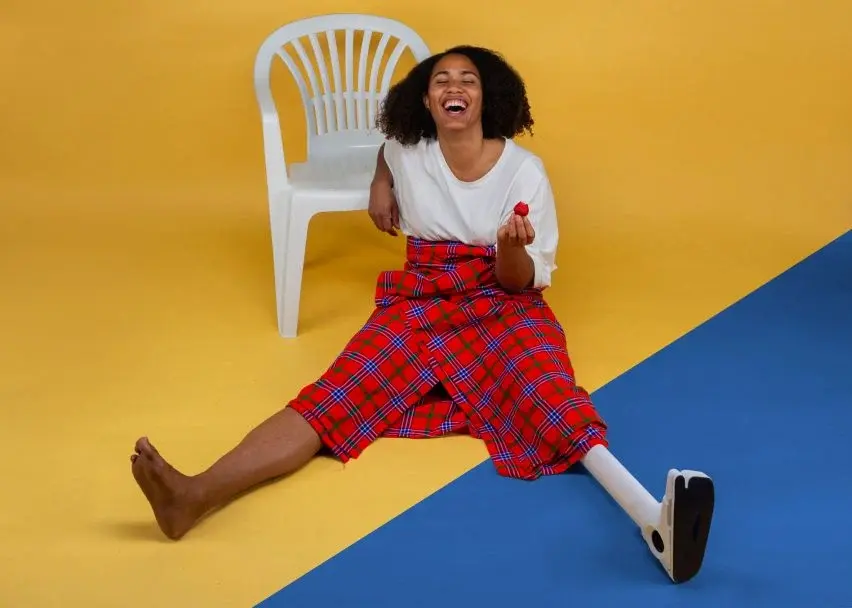
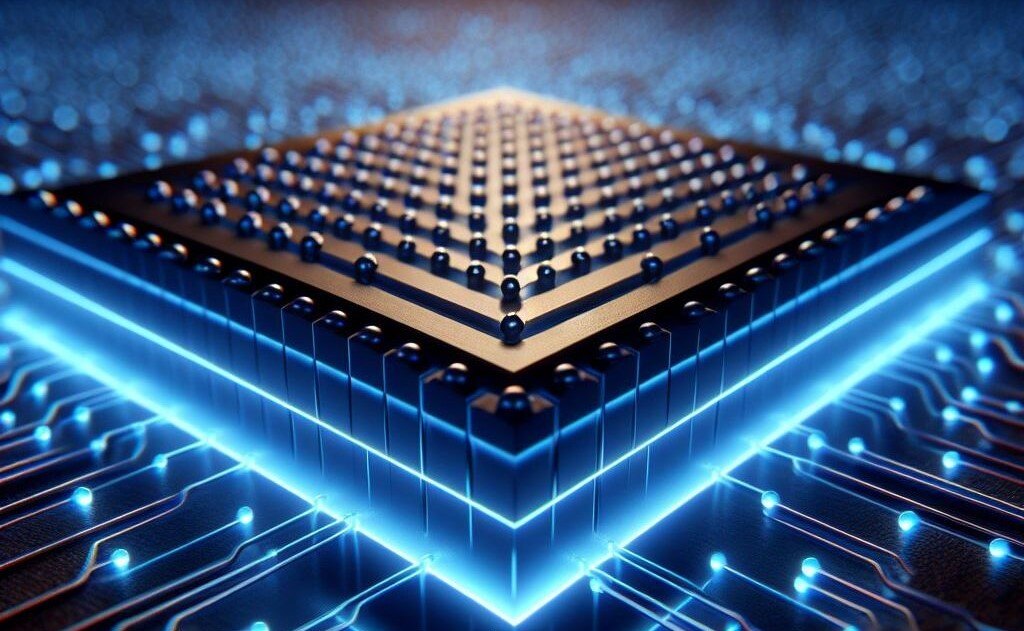
.jpg)